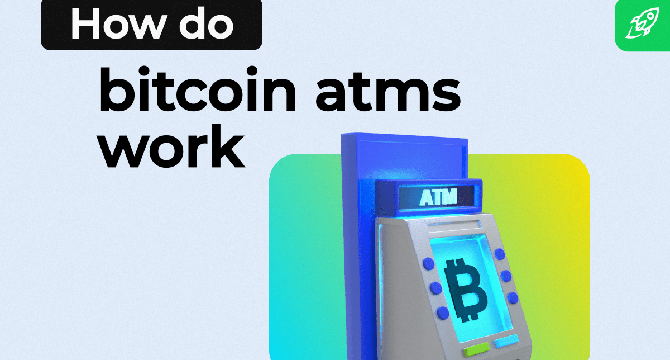Changelly
1M
31

Image Credit: Changelly
How Do Bitcoin ATMs Work? How to Use a Bitcoin ATM – A Step-by-Step Guide
- Bitcoin ATMs allow users to buy, sell, and transfer cryptocurrency using cash or digital wallets, operating directly with blockchain networks.
- Transactions involve scanning a wallet QR code, inserting cash, and confirming details, with cryptocurrency sent from the operator’s wallet to the user’s wallet.
- Bitcoin ATMs operate directly with the Bitcoin blockchain, unlike traditional ATMs that connect to banking networks for fiat transactions.
- To use a Bitcoin ATM, users need a digital wallet, QR code scanning capability, and cash for transactions.
- Bitcoin ATMs offer convenience, privacy, and accessibility without the need for a bank account for smaller transactions.
- Users can find nearby Bitcoin ATMs using mapping services like Coin ATM Radar and compare fees and services.
- Bitcoin ATMs charge fees ranging from 10% to 23%, higher than traditional ATMs, with flat fees and percentage fees based on transaction amounts.
- Using a Bitcoin ATM involves steps like verifying identity, entering PIN, choosing cryptocurrency and amount, entering wallet address, inserting cash, and confirming the purchase.
- Bitcoin ATMs offer advantages like quick access to cash, swift transactions, and the absence of the need for a bank account for smaller transactions.
- However, risks associated with Bitcoin ATMs include high fees, lack of fund insurance, transaction limits, and less widespread availability compared to online exchanges.
Read Full Article
1 Like
For uninterrupted reading, download the app